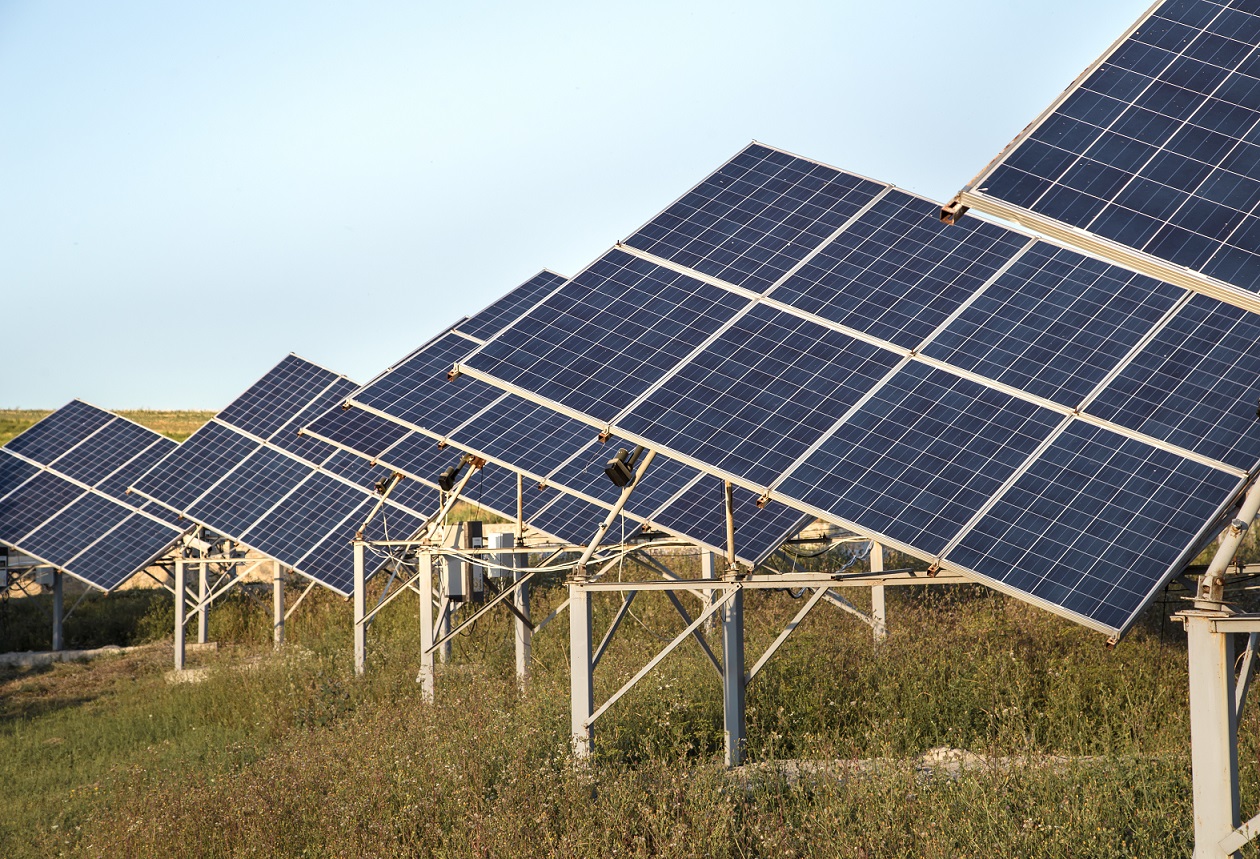1. Capacity Development-Wind
As of January 2025, India has achieved a total installed wind energy capacity of 48.3 GW. In the calendar year 2024, the country saw an addition of 3.4 GW to its wind energy capacity, reflecting a 21% increase compared to the previous year (2023). Gujarat, Tamil Nadu, and Karnataka remain the dominant states in this sector, collectively contributing to nearly 64% of India's total wind energy capacity
2. Government Announcements & Achievements
Central Government
India has approved a viability gap Funding scheme for offshore wind energy with the total Outlay of 74.53 billion. The outlay consists of INR 68.53 billion for installation & commissioning of 1GW of offshore wind energy project in Gujarat & Tamil Nadu & another INR 6 billion for upgrading the logistics requirement of Offshore wind Projects. This is a major step towards implementation of the National Offshore wind energy Policy, 2015.
State Government
According to Andhra Pradesh Integrated Clean Energy Policy- Andhra Pradesh is poised to become a leader in wind energy production. The policy aims to increase the state’s wind power capacity in line with the Central Government's target of achieving 140 GW of wind energy by 2030
3. Market Insight
-
i. Player wise capacity buildup updates
-
- Amazon partners with JSW, CleanMax & BluePine to install new wind energy projects in India. It has partnered with JSW to set up 180 MW in Dharapuram Tamil Nadu, 100 MW with CleanMax in Koppal Karnataka, 99 MW with BluePine in Solapur Maharashtra.
-
-
ii. Merger & Acquisition
- ONGC-NTPC Green Energy Limited (ONGPL) acquired 100% stakes in Ayana Renewable for USD 2.3 Billion. Ayana has operating RE power portfolio of 1.59 GW as of Oct 2024. Nearly 3 GW under development, comprising solar, wind, hybrid & round the clock (RTC) renewable assets with firm power purchase agreements.
-
iii. Player wise key investment updates
-
- Hero Future Energies announced plans in September 2024 to invest $20 billion over six years, aiming to increase its renewable energy capacity from 1.9 GW to 30 GW by 2030. This ambitious expansion includes investments in wind, solar, and battery storage technologies.
-
-
iv. Funding Updates
-
- In June 2024, the Union Cabinet approved a ₹74 billion Viability Gap Funding Program for offshore wind projects with a cumulative capacity of 1 GW. This initiative is expected to accelerate the development of offshore wind energy, contributing to India's renewable energy objectives
-
-
v. Auction updates
-
- SJVN recently concluded an auction for 600 MW of wind power projects, with a discovered tariff of ₹3.09 per kWh, marking a competitive milestone in India’s energy market. The tariffs for the auction ranged between ₹3.98 and ₹3.99 per kWh. Two companies emerged as winners, securing a combined capacity of 170 MW. Adyant Enersol (Datta Infra) won 70 MW by quoting ₹3.98 per kWh, while UPC Renewables secured 100 MW with a tariff of ₹3.99 per kWh.
-
4. Capacity Outlook
India's wind energy capacity has demonstrated consistent growth, with an average annual increase of 2,500 MW between the period of 2014-15 and 2023-24. The highest annual capacity addition during this period was 5,500 MW, while the lowest was approximately 1,100 MW in 2020. Notably, in 2023-24, the wind energy capacity addition was a robust 3,200 MW.
Based on these values, we can estimate the wind energy installed capacity for the upcoming decade (2024-2034). The following simple scenarios outline potential capacity additions under different growth assumptions:
- Business As Usual (BAU) Scenario: In this scenario, we assume an average annual wind energy capacity addition of 2,500 MW through 2034, reflecting historical growth trends.
- Very High Wind Scenario: This scenario anticipates an average annual wind energy capacity addition of 5,500 MW, based on the maximum growth observed during the period from 2014 to 2024.
- High Wind Scenario: This scenario assumes an average annual capacity addition of 3,200 MW, which corresponds to the performance observed in 2023-24.
- Low Wind Scenario: Under this scenario, we project a more conservative average annual capacity addition of 1,100 MW, based on the minimum growth recorded in 2020.




